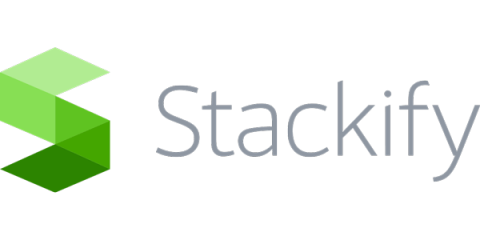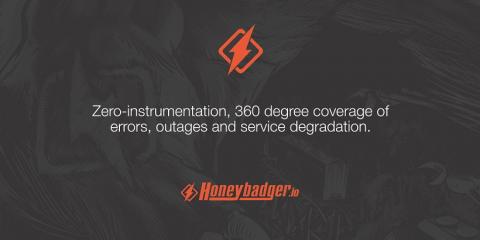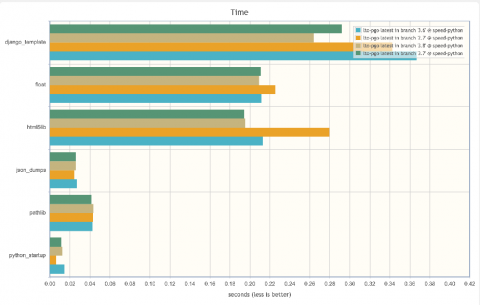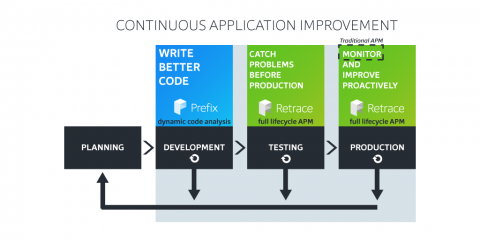How to Fix JavaScript Errors
My computer programming teacher had always told me that 10% of our time is spent developing 90% of our application, and the other 90% of our time finishing the last 10% of our project. Even with a good project plan and a concept that makes logical sense, most of our time will be consumed with fixing errors. Moreover, with JavaScript, our application can run without obvious errors preventing it from being run, so we have to employ several techniques to make sure everything is running smoothly.











